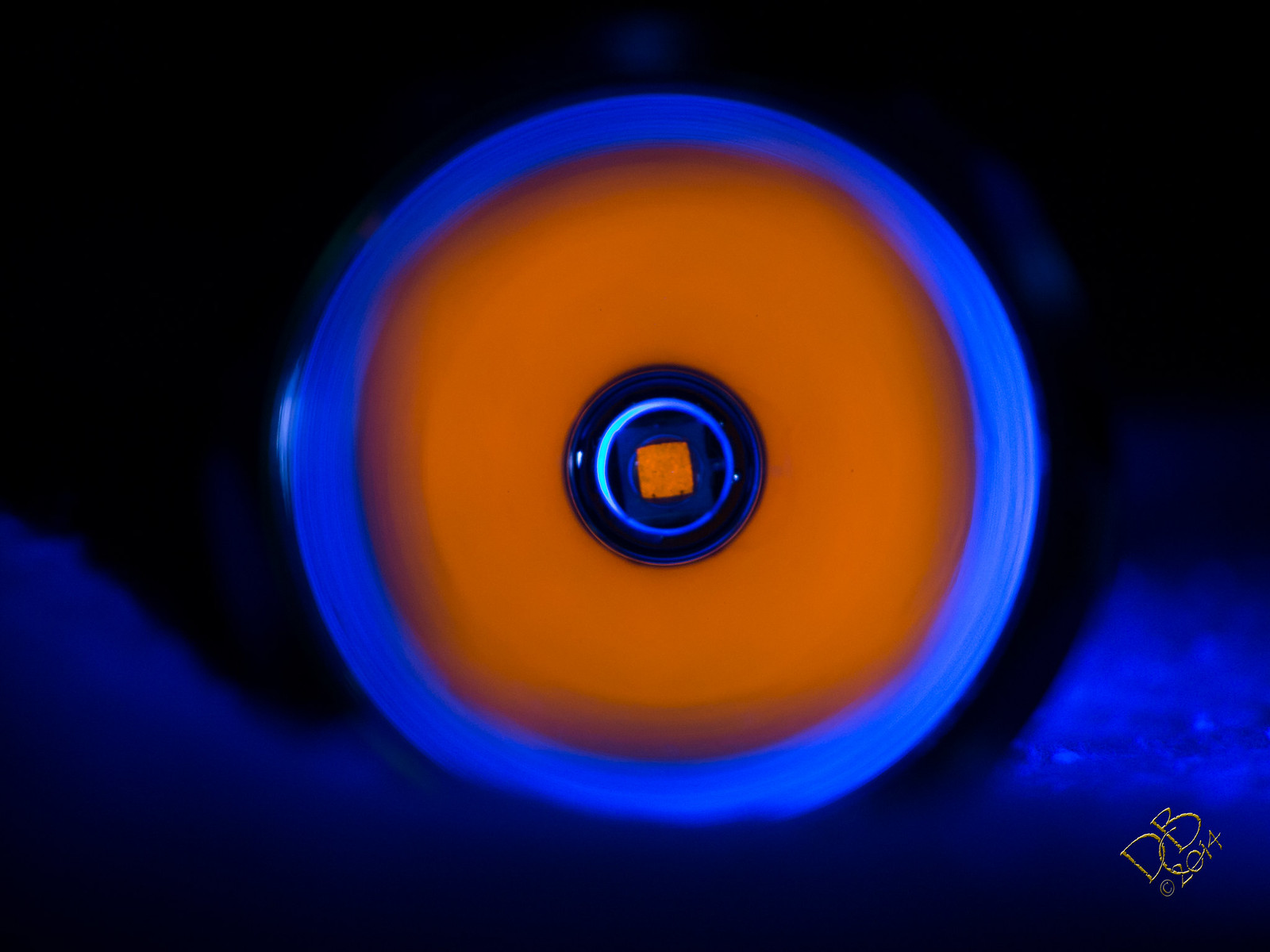I suppose it depends upon what you are fluorescing though, as some materials simply need shorter than 385 nm UV to fluoresce. IE: They don’t at 385 and do at 365 for example.
The problem is that the emitters are much BETTER at converting the cell’s power into mW if its mW of 365 than 385 nm UV light.
I use UV tracer dyes for certain applications, and dyes that work at 365 nm by design may not work at 385, whereas most of the 385 dyes also work if 365 used used to excite them.
There are rare instances where something can work at 385 and not at 365, but, typically, its the other way around in actual use.
Some minerals will not fluoresce at 385, OR 365 nm for example, its still too long a wavelength…and they require even shorter wavelengths.
The only time 385 will work better than 365 is if 1) 385 is short enough, and 2) It just needs a higher mW exposure to make it fluoresce…and the 385 can use the same power to get a higher intensity exposure, using the easier to emit longer wavelength….than the 365 can.
In practice, the higher energy of the excitation from the 365 will compensate for that, and things will generally fluoresce better. If the targets are MADE for 385 nm, say currency, sure, 385 will work better as for the same powered light, more 385 mW can be applied, etc….IF power was the limiting factor.
![]()
And, I may want to interest you in some future projects, as while I might use my UV differently than you do, so our experiences are different, YOU understand the electrical aspects, and, I am seriously lacking in that department. I am more involved in the chemical/biological, than the electrical, end of things.
![]()
